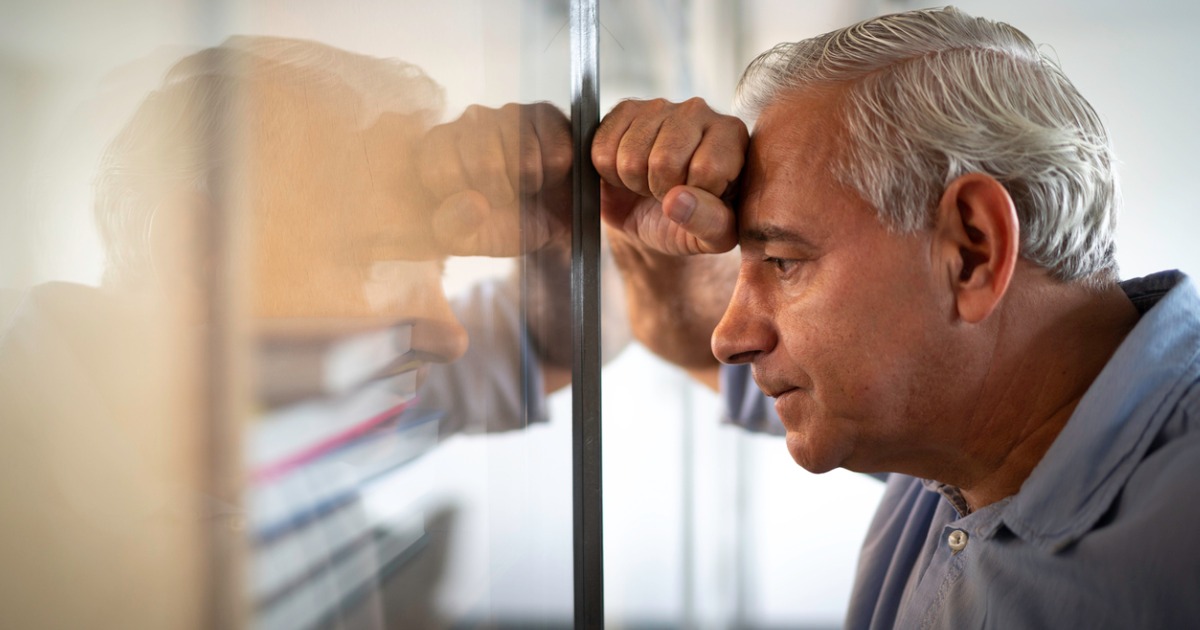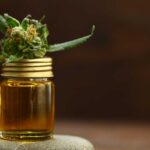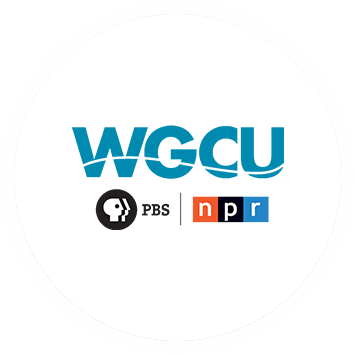It’s challenging to express the admiration, respect, and appreciation we have for our patients using medical marijuana for chronic pain. You consistently rise to the occasion, put a smile on your face, and carry on–in spite of the incredible trials you’ve been through.
If you’re suffering from chronic pain and taking opiates for relief, you probably know that the pain goes beyond just physical symptoms.
Opiates slow neural activity in the brain, and the longer they’re used, the more pronounced the effect becomes.
This often leads to physical lethargy and emotional ‘flat-lining’ into depression.
When opiates interact with the receptors in the brain, the brain interprets them as signals of well-being and releases dopamine. Normally this is a positive system and rewards us for achievement, physical action, or love with others–but with opiates it is a recipe for co-dependence, addiction, and depression.
Symptoms of opiate-driven depression are similar to ‘traditional’ depression and include isolation, loss of interest in hobbies, and failures at work. The hard reality of this cycle sets in quickly and requires great effort to escape. If you’re struggling with opiate addiction please contact Narcotics Anonymous or the rehab center of your choosing for help.
If you’re seeking a natural alternative, your medical marijuana certification and card could be a great ally.
Why Are Opiates Everywhere?
As 60 Minutes proved earlier this week, the corruption between Big Pharma, Congress, and The DEA is extreme and sits at the heart of the problem.
“The drug industry, the manufacturers, wholesalers, distributors and chain drugstores, have an influence over Congress that has never been seen before,” said Joseph T. Rannazzisi, who ran the DEA’s division responsible for regulating the drug industry and led a decade-long campaign of aggressive enforcement until he was forced out of the agency in 2015.
“I mean, to get Congress to pass a bill to protect their interests in the height of an opioid epidemic just shows me how much influence they have.”
The entire video on CBSnews.com is highly recommended watching. With the scale of this corruption known, and the total pain relief market at $24B, it’s unsurprising to see that we are in this crisis. The data from the American Society of Addiction Medicine is staggering.
- Over 250 million prescriptions are written for opiates per year
- Over 52,404 lethal overdoses occur per year (We all know this data is suppressed)
- From 2010 to 2016 opiate addiction increased by 493%
- Of the 20 million Americans with substance abuse problems, 2 million are addicted to opiates
- In 2015, 276,000 adolescents were non-medical users of pain relievers with were 122,000 addicted
These numbers are shocking and warrant immediate action towards a remedy.
RELATED: You Are the Heroes of this Movement
How Cannabis Stops Chronic Pain
As anyone that has suffered will attest, depression hurts, depression causes pain. And this cyclical relationship between pain, anxiety, and depression makes it incredibly difficult to treat with one medication or one treatment approach because it often ignores one or the other’s symptoms.
“People suffering from depression…tend to experience more severe and long-lasting pain than other people.” –Health.harvard.edu
SSRIs do have efficacy for both disorders, but as previous articles on this site have discussed, there are downsides to these synthetic drugs that include gastrointestinal bleeding, increased suicide risk, and worsening mental illness.
People in Florida seeking solutions that can address the body-mind connection and simultaneously help both issues are now finding relief by getting their Medical Marijuana Certifications. For details on the strains and dosages available please see our article on the current dispensary offerings in Florida.
The Endocannabinoid Miracle
If you haven’t heard of it, there is a fascinating part of your physiology called the endocannabinoid system. This is part of us from birth and is an internal (‘endo’ meaning internal) system that regulates a wide variety of body functions from fertility, to cognitive processing, appetite, mood, memory, and processing the Medical Marijuana ‘exogenous’ cannabinoids that you vape or ingest.
These wonderful compounds are also what you feel during a ‘runner’s high’ or other physical exercise. The National Institute of Health describes its importance and functions:
The endocannabinoid system has been recently recognized as an important modulatory system in the function of brain, endocrine, and immune tissues. It appears to play a very important regulatory role in the secretion of hormones related to reproductive functions and response to stress.
Unfortunately, our supply of these amazing compounds that regulates how we feel becomes deficient over time, our bodies fall out of balanced homeostasis, and health difficulties are produced. But by supplementing your system with medical marijuana for chronic pain and getting exogenous cannabinoids, you can promote harmonic balance, which is what the body needs to achieve in order to heal naturally.
If you’d like to get into the biological technicalities this interview with Dr. Ethan Russo is an excellent source of information.
What Are The Best Strains?
Our friends at MarijuanaDoctors.com compiled the below list of strains of medical marijuana for chronic pain with some great information.
- ACDC
Although it can be difficult to find, it contains high levels of the cannabinoids CBD and THC. Advocates of this strain indicate that the benefits are numerous. - Afghan Kush
A potent general pain reliever, Afghan Kush comprises of almost 100 percent indica. Its effects are felt mostly physically, and this is why it works so well regarding pain relief. Afghan Kush contains anti-inflammatory and painkilling terpenes, as well as a high level of pain-dispelling THC. This strain contains caryophyllene, which is known to work against cancer. Therefore, if your chronic pain is cancer-related, this could offer you relief. Other useful strains high in caryophyllene include Super Sour Diesel, Maui Waui and Hash Plant. - Blue Dream
Blue Dream is a hybrid sativa that was first grown in California. It provides not only relaxation throughout the entire body, but many users also find it to be invigorating. This strain produces a mellow euphoria that produces a calming effect and also has an aroma similar to berries. Since it doesn’t result in the sedative effects of other strains, Blue Dream is well-suited for daytime use. - Granddaddy Purple
Another Californian type, Granddaddy Purple has been in existence for approximately 15 years. This strain can be potent, so don’t use it if you plan to go out during the day or the evening. Patients use Granddaddy Purple to relieve symptoms from pain, muscle spasms, stress, insomnia and more. - Girl Scout Cookies
This is another hybrid with a sweet aroma that’s very easy to spot, thanks to its orange hairs and purple leaves. This strain is well-known for producing a feeling of relaxation throughout the body and is popular among people who suffer from not only severe pain but also nausea and loss of appetite. The Girl Scout Cookies strain is best taken in small doses until you’re certain of how much you can handle at one time. - Jack Herer
A well-known strain for easing nerve pain, Jack Herer, named after the author and activist, is high in sativa. Filled with natural painkillers, Jack Herer contains pinene that has anti-tumor properties. - White Widow
A half-and-half cross between a pure indica and a pure sativa, this is a well-balanced strain that makes you feel uplifted while tackling your pain. White Widow also contains Linalool, an anti-inflammatory and pain reliever that’s also found in lavender.
Finding A Solution
For those of you that are suffering from chronic pain and are ready for a natural solution that can restore your balance, treat a wide variety of physical and emotional ailments, and get you back to living life with joy, get started with Medical Marijuana for Chronic Pain today!













